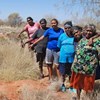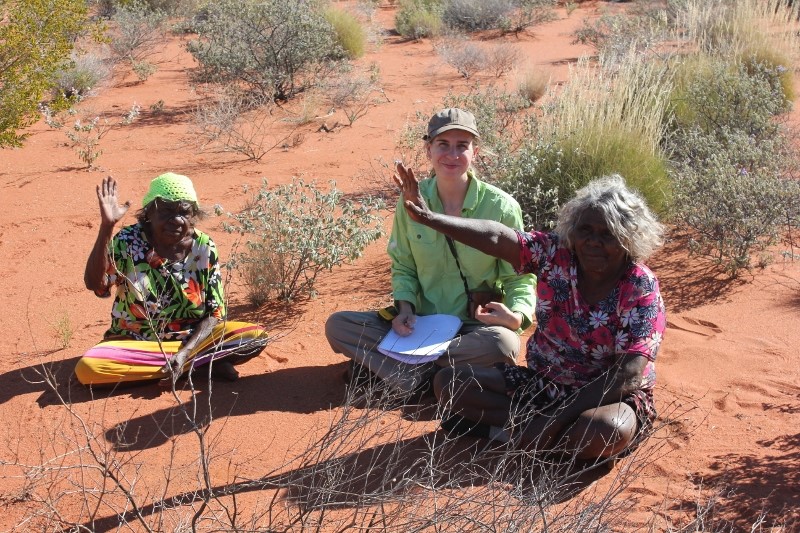
Designing a best-practice bilby monitoring program for Martu rangers
Thursday, 15 December 2016The Martu people of the Western Desert are working to protect one of the last strongholds of the iconic bilby. TSR scientists are hoping they can help in this work by designing a monitoring program that Martu rangers can use to better understand bilby population trends over time. Anja Skroblin from the University of Melbourne describes what’s being done.
The greater bilby (Macrotis lagotis) is the last of Australia’s desert bandicoots. You probably know it as the model for the Chocolate Easter Bilby that is now available in many supermarkets at Easter time.
Once it was found across much of Australia west of the Great Dividing Range. However, changes to its habitat from pastoralism and altered fire regimes, predation by foxes and cats, and competition with rabbits has seen its range shrink dramatically. These days they are restricted to arid desert lands in central and western Australia. Most of the area where the bilbies are found lie in Indigenous lands and the continued survival of this iconic creature depends on Indigenous land management and monitoring. 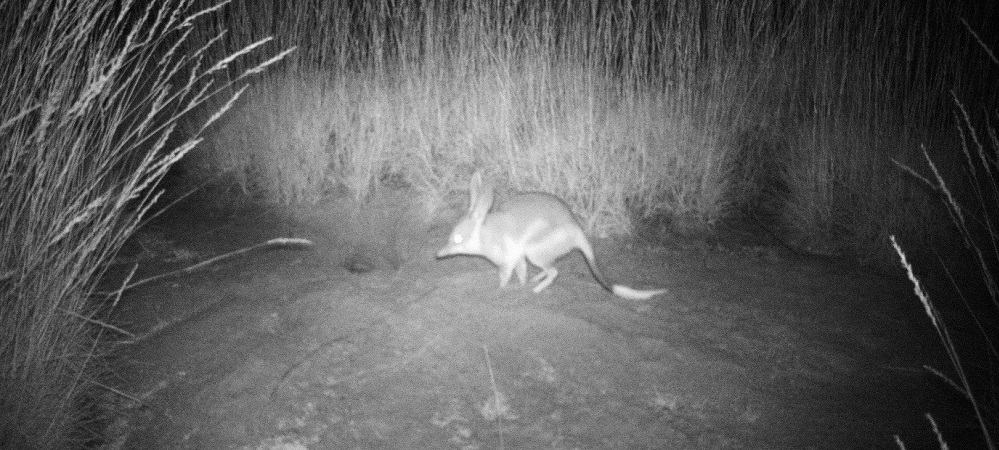
Mankarr (bilby)captured on a camera trap foraging near Punmu community. Image: Kanyirninpa Jukurrpa
The Martu people are the traditional owners of more than 14 million hectares of the Western Desert in WA (encompassing the Gibson, Great Sandy and Little Sandy deserts). That’s an area twice the size of Tasmania. This is a diverse and awe-inspiring country of radiant red sand dunes, iron-rich ranges and sandy rivers bordered by gnarly white gums. Scattered across this ancient, arid landscape lie salt lakes sparkling in the harsh desert sunlight and clay pan wetlands. Martu management has helped keep this country healthy while sustaining its unique diversity of flora and fauna. This has included caring for important bush-tucker foods and a multitude of threatened species.
Martu have extensive knowledge of the occurrence and ecology of Mankarr (bilby) on their country and are keen to work with ecologists to ensure the future of this threatened species. To this end, I have been working with the Martu to design a monitoring program that they can use to understand what is happening with the bilby population over time. I’m doing this work with Brendan Wintle, and the project is a collaboration between The University of Melbourne, Kanyirninpa Jukurrpa, The Nature Conservancy and BHP Billiton. 
Ngamaru Bidu follows Mankarr (bilby)tracks though an area containing small patch burns of different ages that provide rich food resources for bilbies. Image: Anja Skroblin
The project aims to bring together Indigenous ecological knowledge and leading-edge western science to improve the way Martu ranger teams monitor trends in bilby populations on their country over time, and assess whether current threat management practices (feral herbivore and predator removal, fire management) are helpful to conserve bilbies on Martu lands.
As part of this work I have been privileged to visit Martu communities to conduct interviews with Elders and rangers to document their expert knowledge of Mankarr distribution and habitat use. With the rangers we have been workshopping approaches for monitoring and management.
Ranger teams have been surveying for bilbies for the past 10 years and have detected bilbies at multiple locations. Bilbies are notoriously difficult to monitor because they are nocturnal and hard to trap, but they do leave signs of their presence in the form of tracks, scats, diggings and burrows. Martu rangers monitor bilbies by searching for these signs. It is a process that requires an extraordinary set of traditional skills.
The monitoring so far has revealed that bilbies are a very challenging creature to keep up with. They occur at very low density across a vast landscape, they have large home-ranges, and they shift the areas they use following changes in food and shelter (which is associated with fire history and rainfall). Sometimes bilbies may disappear from an area altogether and it’s believed that this may coincide with increased fox or cat activity.
Part of my work has been to join rangers in the field to learn traditional tracking methods, and assess the detectability of bilbies under various sampling approaches. We will use the Martu ecological knowledge and previous survey data to evaluate different approaches to monitoring that can detect changes in the status of bilbies under various scenarios of population change. 
Martu rangers can tell these tracks were left by an adult bilby that walked this way as it was foraging around these clumps of spinifex the night before. Image: Anja Skroblin
The research will help Martu decide on which parts of their vast country they should focus their monitoring efforts, the best data to collect in the field, and how to interpret the data to understand how bilby populations may be changing. A ‘best-practice’ monitoring program will capitalise on the unique skills of the Martu people and allow for the challenges of working in remote and often difficult conditions.
The outcome we are after is a ranger-led monitoring program that will allow Martu to assess the impact of their land management practices on bilbies. This will help management to be adapted over time to benefit the species.
In a time of declining biodiversity, this project hopefully serves as a shining example of what might be possible if we can combine indigenous knowledge with robust scientific methods. The Martu have the skills and the passion while we have the science of monitoring, data recording and analysis. Together they may help to secure a future for the beloved bilby.
This project is supported by the NESP Threatened Species Recovery Hub and Martu Living Deserts Project (a collaboration between The Nature Conservancy, Kanyirninpa Jukurrpa, and BHP Billiton).
For further information:
Anja.Skroblin@unimelb.edu.au
Top image: Anja Skroblin (centre) with Nancy Taylor (left) and Ngamaru Bidu talking about Mankarr ecology at a very active bilby site shown to Anja by the Martu Elders. Image: Raymond De Groot
-
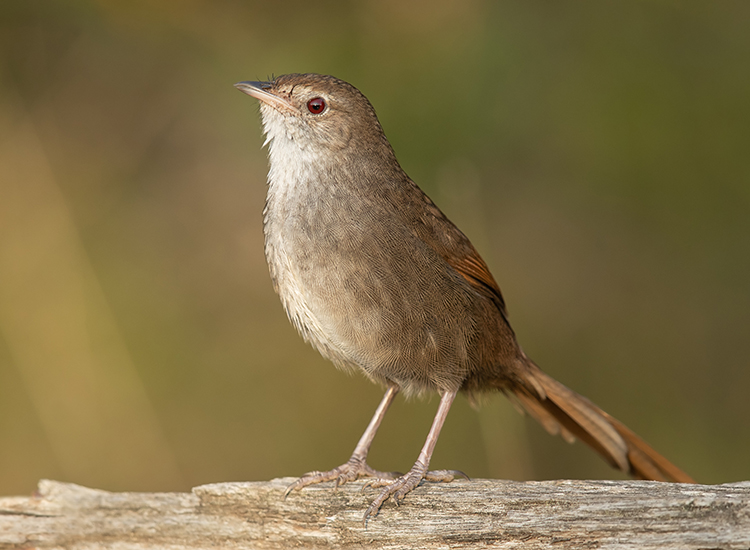
Long-term monitoring at Booderee National Park Reveals valuable insights for park management
Tuesday, 01 September 2020 -
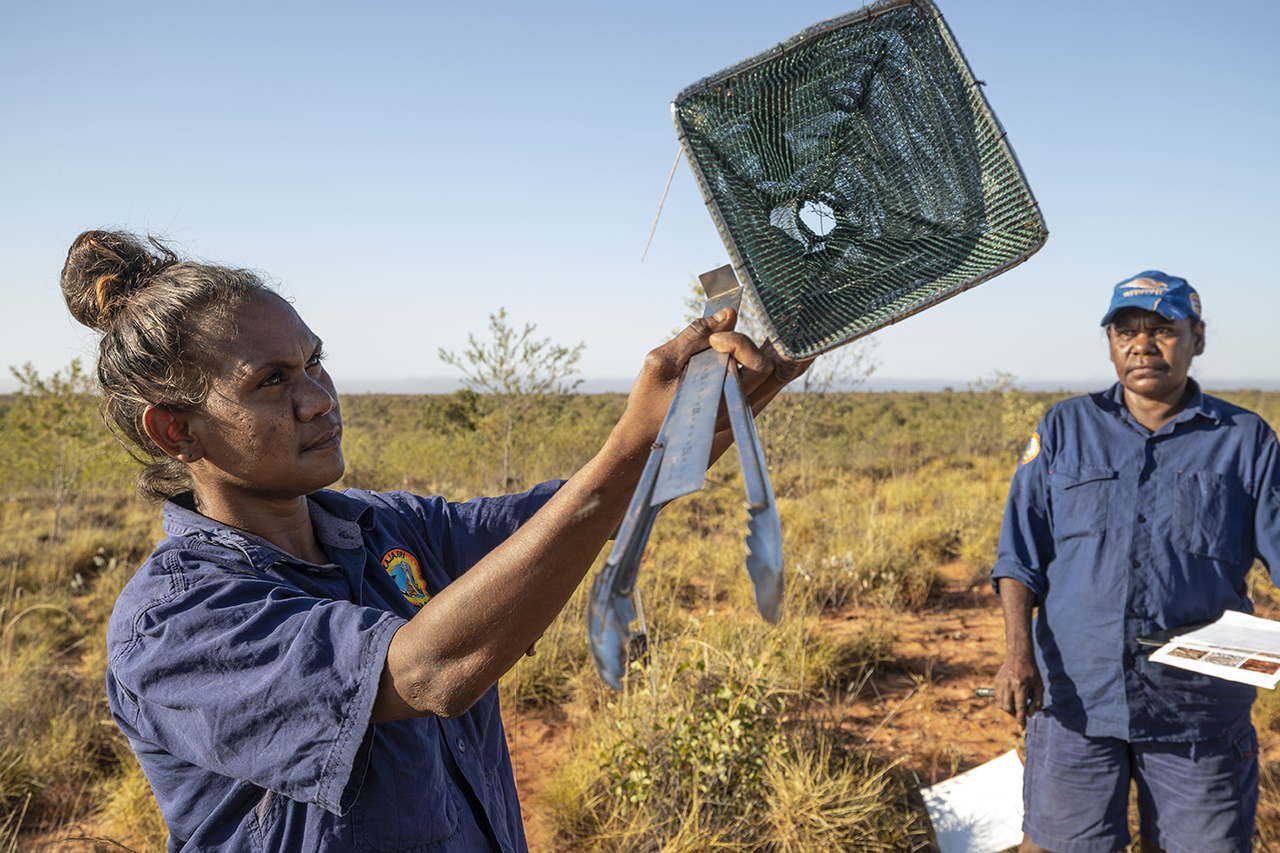
Indigenous Engagement Protocols: Forging respectful, meaningful partnerships for research impact
Wednesday, 21 October 2020 -
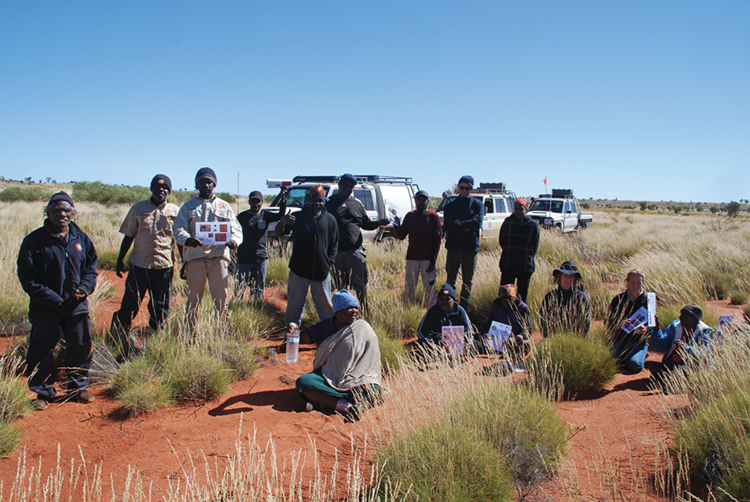
A Martu method for monitoring mankarr (greater bilby)
Tuesday, 20 August 2019 -
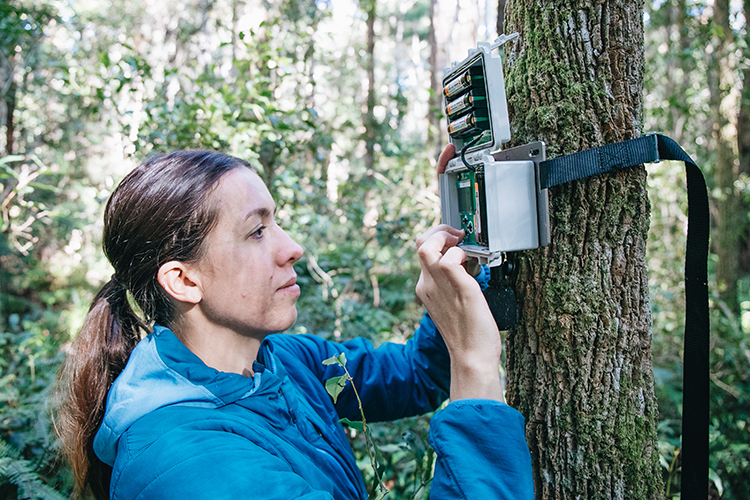
Better detection and monitoring vital for better conservation outcomes
Tuesday, 26 November 2019 -
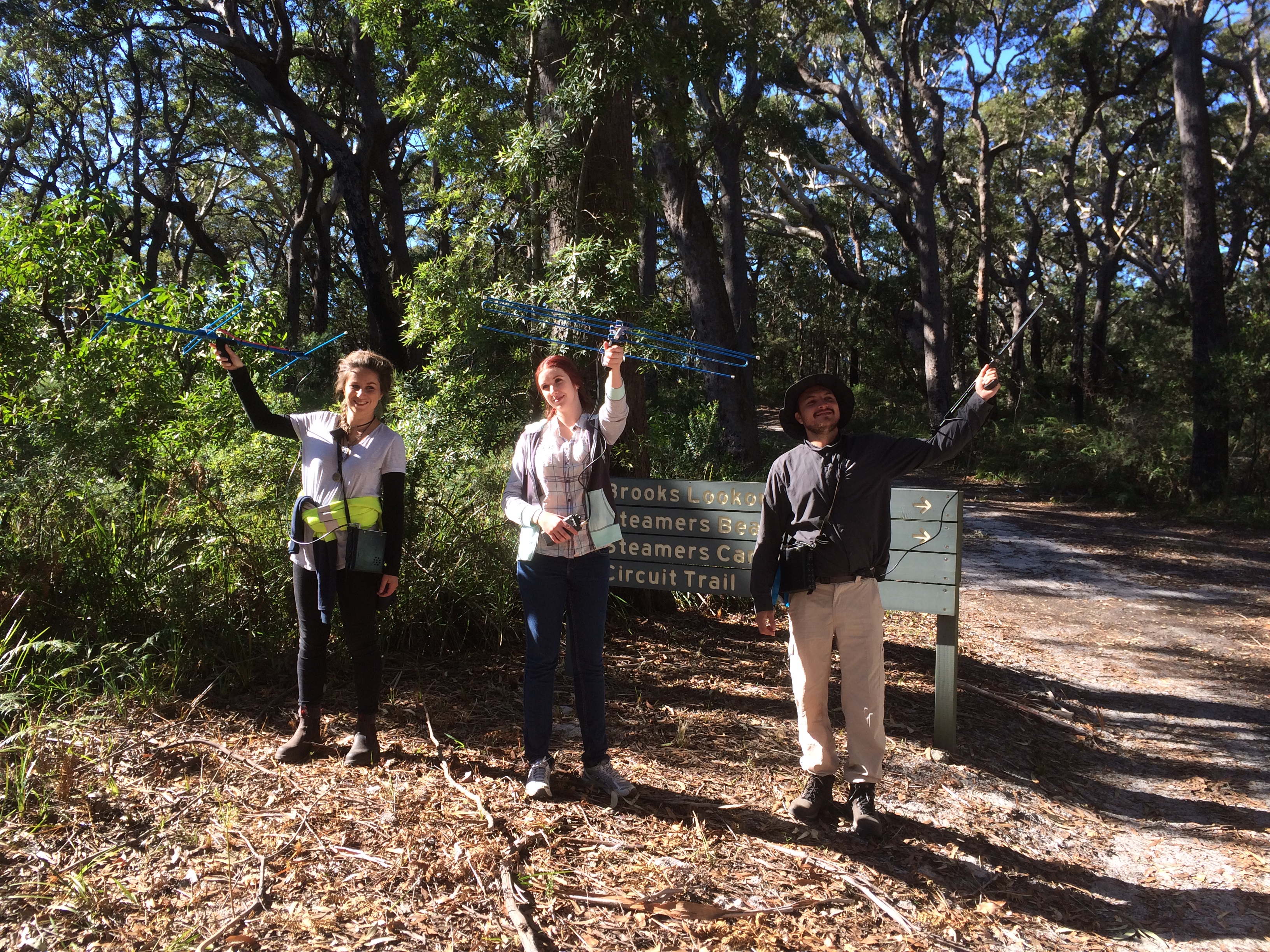
Call for survey participants for Threatened Species monitoring
Sunday, 16 October 2016 -
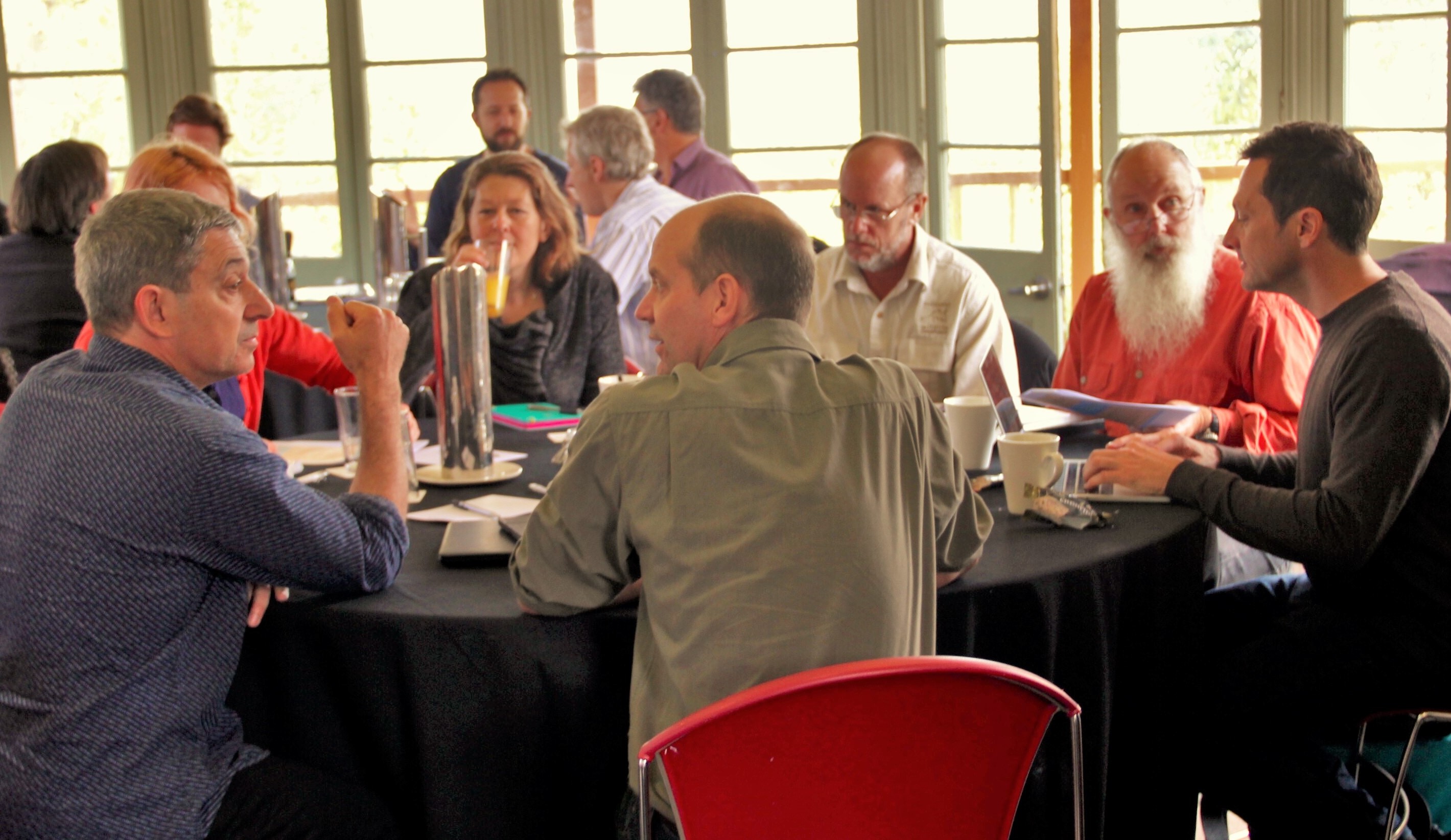
Collaborating for conservation: species monitoring
Monday, 10 October 2016 -
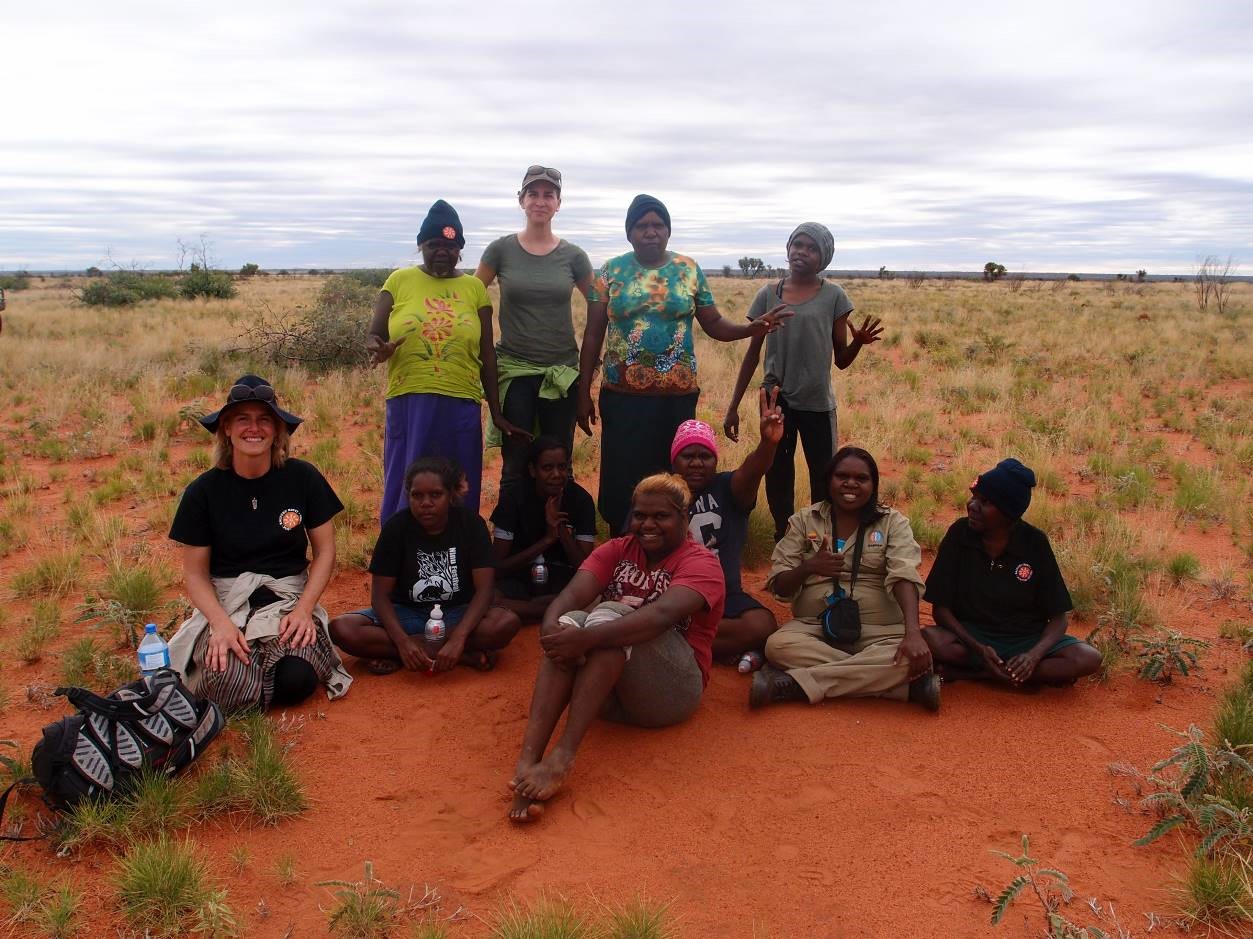
Endangered bilby connects communities across time and space
Wednesday, 06 July 2016 -
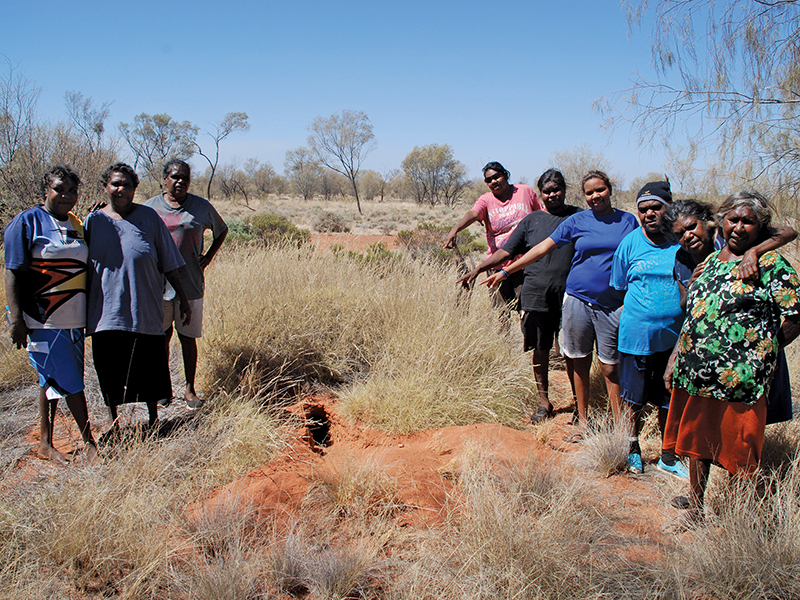
Indigenous land manager profile: Kanyirninpa Jukurrpa and Martu people
Tuesday, 30 June 2020 -
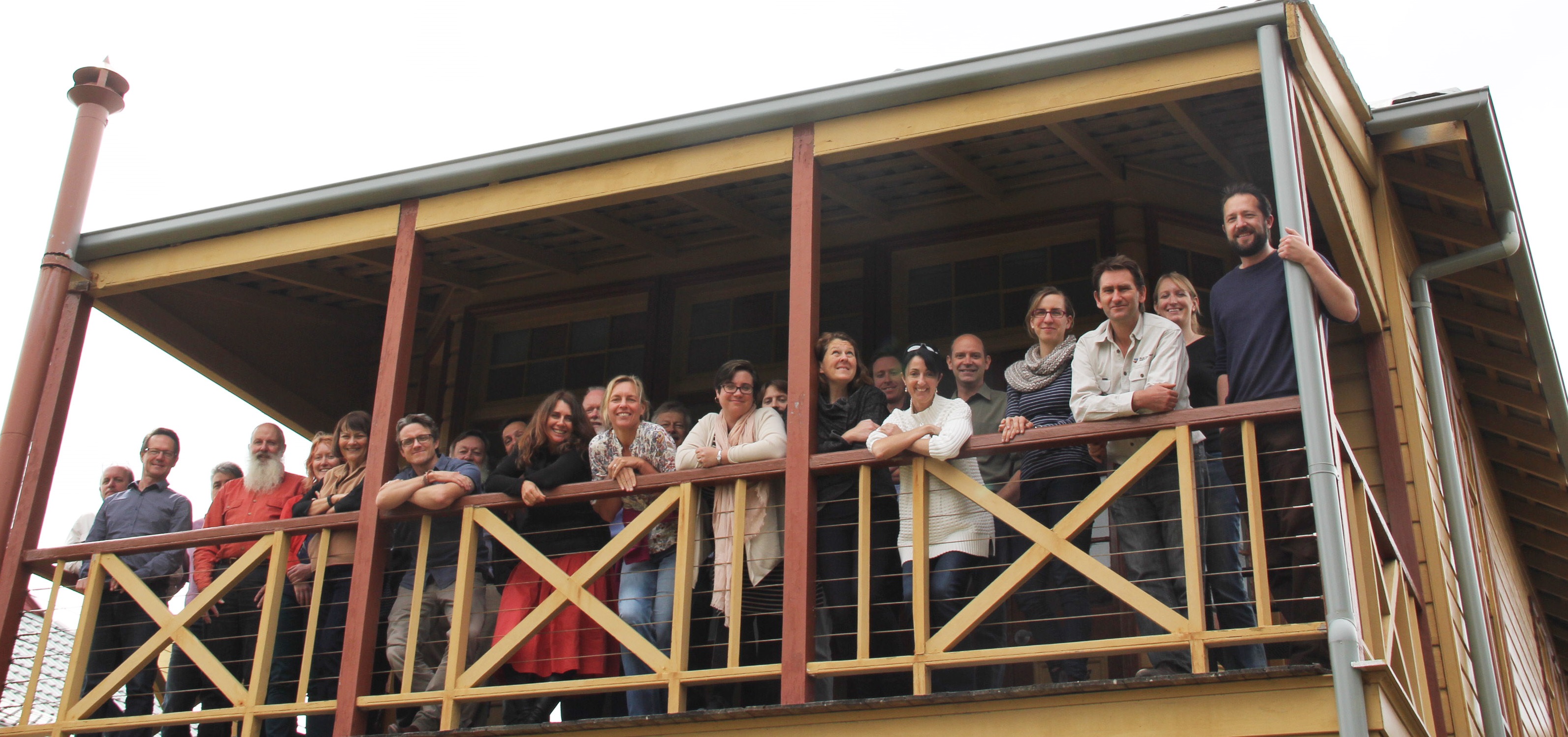
Making threatened-species monitoring count
Wednesday, 14 December 2016 -
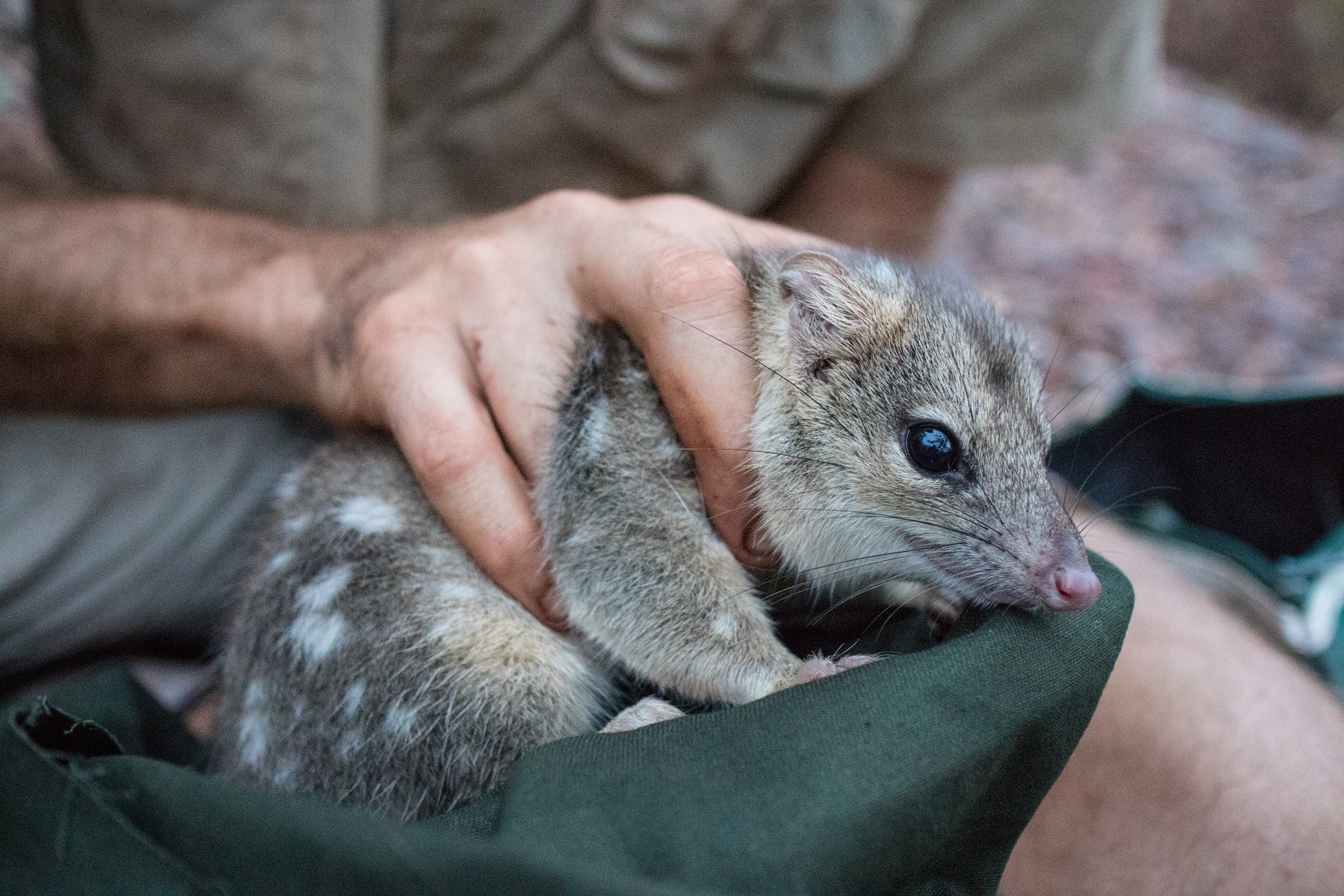
Monitoring for threatened species and ecological communities
Tuesday, 01 May 2018 -
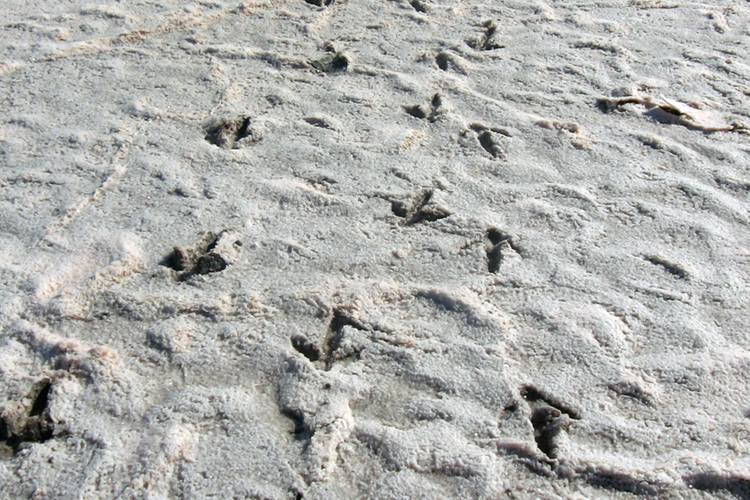
Reading the story written in Australia’s desert sands
Tuesday, 20 August 2019 -
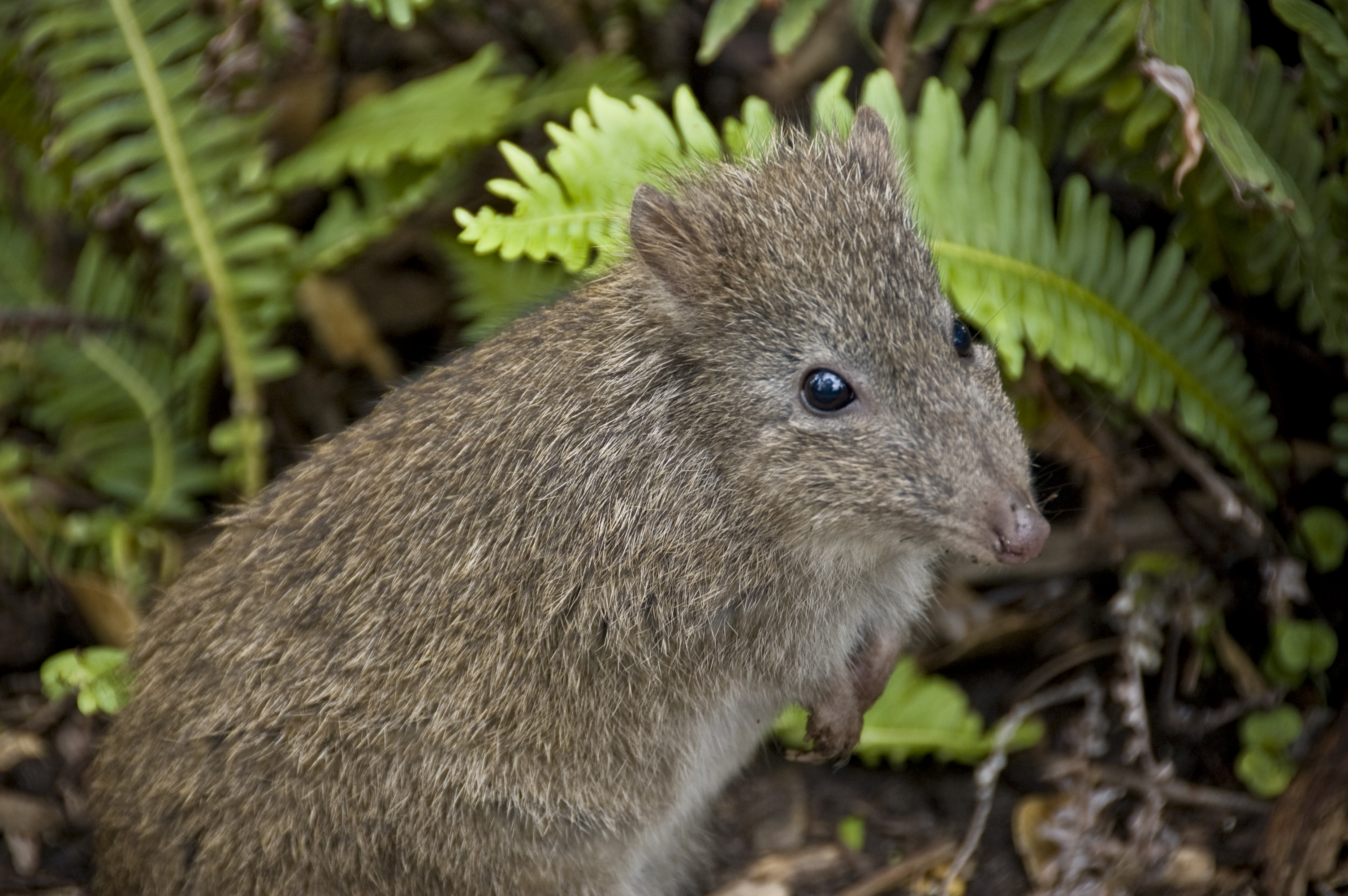
Keeping an eye and ear out for threatened species
Friday, 22 April 2016 -
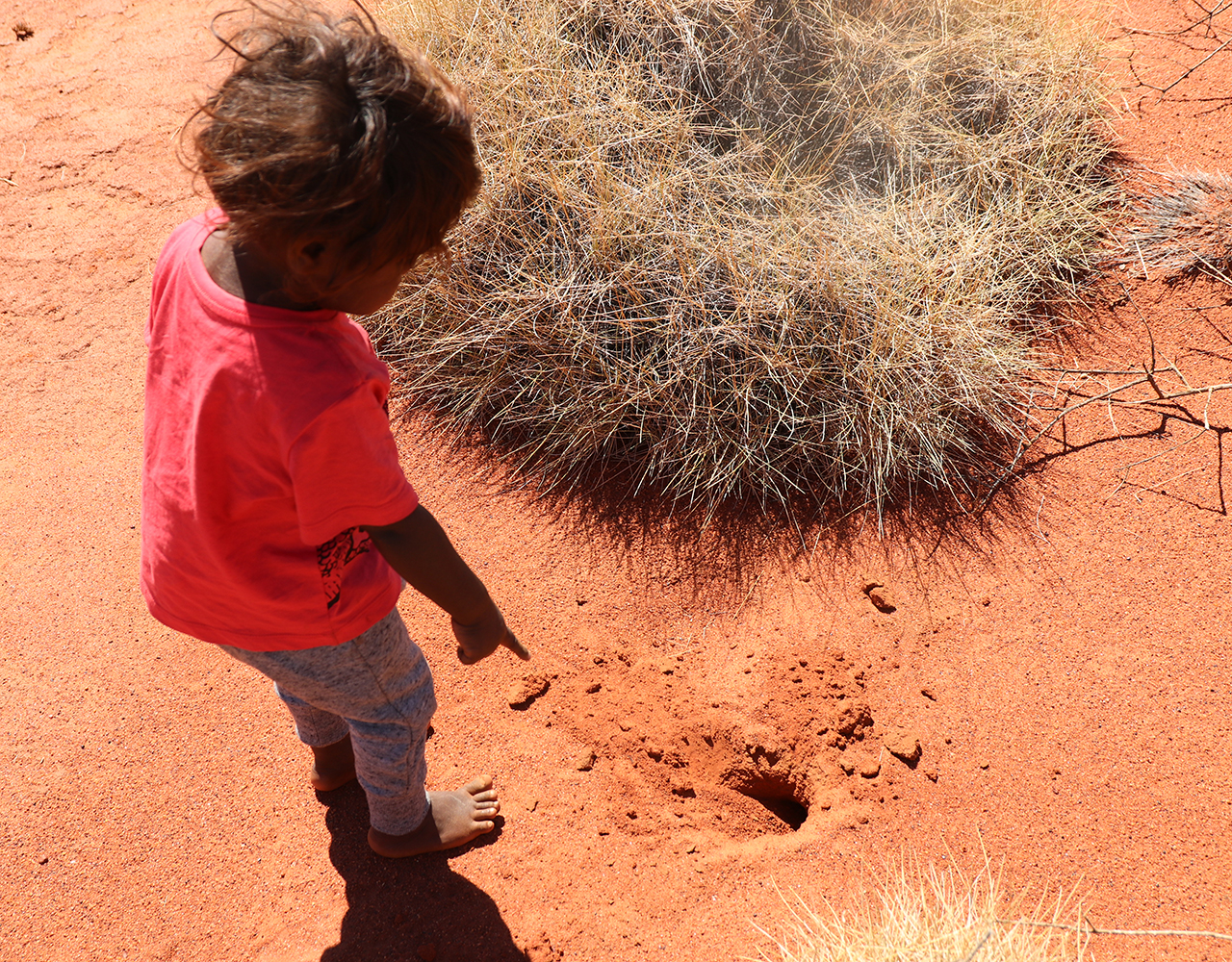
Kids learning to track Mankarr on Martu Country
Wednesday, 28 October 2020 -
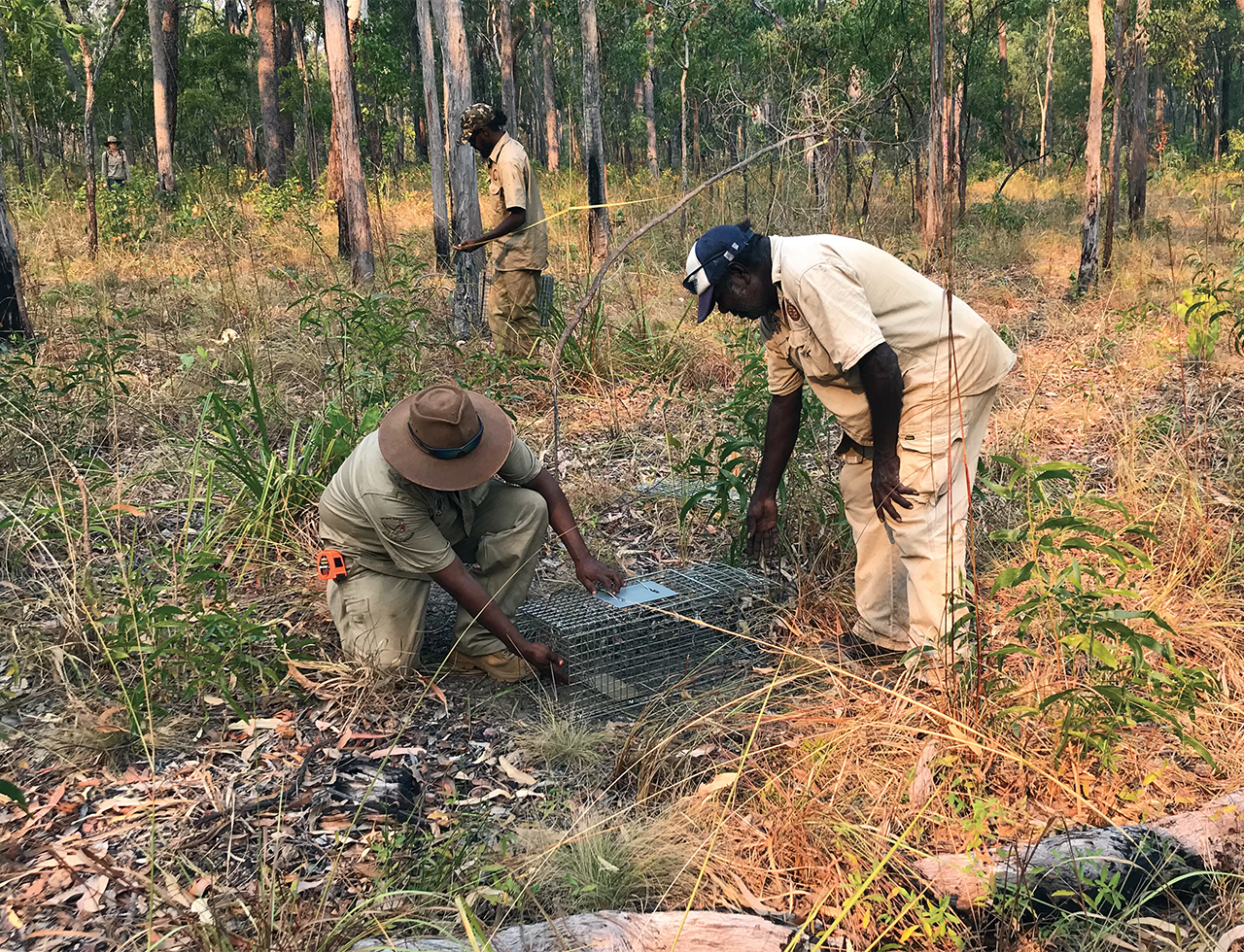
Building collaboration and two-way science
Sunday, 12 December 2021
